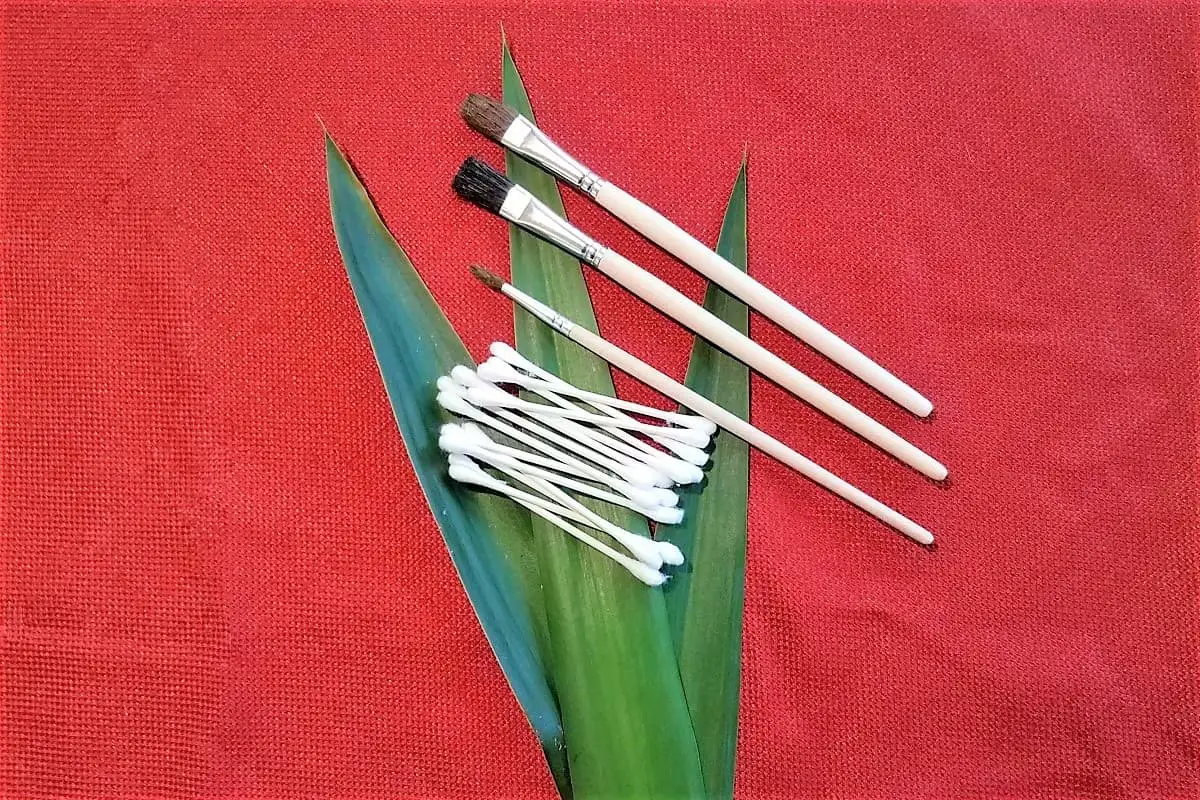Pollinating is a common occurrence in the plant kingdom. We’ve all seen bees go from flower to flower, spreading pollen. But what about yucca plants? What pollinates a yucca?.
A yucca moth is the only pollinator of the yucca plant. The two species have a unique relationship that allows them to mutually propogate. Hand pollination is the only way to pollinate a yucca plant without the moth.
Pollination is critical to the yucca’s propagation. We’ll explain the yucca moth’s involvement and why it’s important to both. We’ll also discuss hand pollinating the yucca.
How Does a Yucca Moth Pollinate a Yucca?
The female yucca moth will collect yucca pollen and then roll it into a sticky ball. The moth will then find another fresh yucca blossom to lay her eggs. Before leaving the yucca blossom, she will use her tentacles to deposit pollen into the flower.
Depositing the pollen stimulates the flower to produce seeds. When the yucca moth’s larvae hatch, they will eat the seeds. The larvae will later move to the ground for winter.
The yucca moth only lays four to five eggs at a time. This small number of larvae allows enough seeds to be left for propagation. It is not known how the moths gauge what the maximum number of eggs are for the yucca’s survival.
Hey, read this one: What is a Yucca Moth
Can Bees Pollinate a Yucca?
Bees can’t pollinate a yucca plant. Only a yucca moth can pollinate a yucca. The yucca moth has adapted to gathering the pollen from the flowers using unique mouthparts called tentacles. They use these tentacles to collect pollen in a ball and move it to different parts of a yucca blossom.
Is Hand Pollinating a Yucca Possible?
Hand pollinating a yucca is possible. When a yucca moth is not available, hand-pollinating is the only way for a yucca to grow fruit. Hand pollination can only be done with hermaphrodite flowers, which have male and female parts, like the yucca.
How to Hand Pollinate a Yucca Plant
When pollinating a yucca plant, an individual must start with the proper tools and identification information. To pollinate a yucca plant, a small paintbrush or cotton swab can be used to collect the pollen inside the yucca blossom.
- Identify a yucca flower’s anthers: They are located in the stamen, a portion of the plant inside the blossom, and grow outward with an oval-shaped structure at the top. The oval-shaped structure is called an anther, and this is where the pollen is produced.
- Gently collect the pollen by brushing your tool on the anthers: Using a small paintbrush or cotton swab tends to achieve the best results but can be replaced with other tools and even your finger.
- Gently shake or blow on the yucca blossom: This has been associated with stimulating pollen release if pollen cannot be found.
- Locate the stigma: This is a cup-shaped structure in the middle of the flower.
- Gently transfer collected pollen: Brush the pollen onto the stigma.
- Repeat process: Every few brushes, you will need to collect more pollen.
This is a tedious process but can be very rewarding when the yucca plant produces the seeds that can be planted.
How Do I Get My Yucca Plant to Flower?
There are many reasons why a yucca is not blooming. Yuccas will often not bloom because a yucca moth is not present. Listed below are some of the more common reasons.
- Cold weather
- Not enough light
- Fertilizing too much or to little
- Trimming to little
- Poor drainage
Providing the right environment for your yucca is key to a flowering yucca. There are over forty species of yucca, and each has different needs.
Most yucca should have six to 10 hours of sun a day. While they can survive in cold weather, withstanding 10 degrees Fahrenheit, they flourish in warm weather as they are native to the Americas and Caribbean arid areas.
Soil that allows drainage and fertilization also are key to a flowering yucca. About every ten days, a yucca should be watered, the soil should dry out between each watering to avoid overwatering. The yucca should never be sitting in water; a well-draining pot is a must. Fertilizing a yucca plant should occur every three months, and the amount varies due to plant and pot size.
These will not guarantee flowering but are linked to increasing the chances of a yucca plant flowering.
When Do Yucca Plants Bloom?
Yuccas tend to take around three years to bloom. This time can vary due to the species of bloom and temperature. Numerous yuccas will wait for warmer temperatures to bloom.
If the yucca blooms early in the year, before mid summer, the yucca may bloom twice a year. Most yuccas will only bloom once a year.
Conclusion
Although yucca plants can only be pollinated by the yucca moth, located in the American southwest, north, and the east, an individual can hand pollinate a yucca. Hand pollinating simulates the yucca plant’s unique relationship with the yucca moth.


